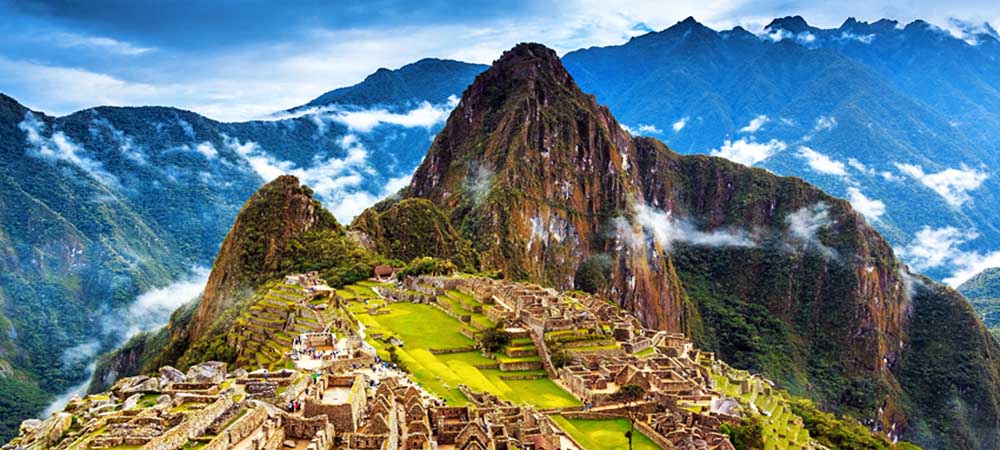
Few places combine adventure, culture, and natural beauty like Peru. Peru’s rich historical tapestry is woven through its 5,000 archaeological sites, making it a paradise for history lovers, art enthusiasts, and photographers.
Lima Beyond the Surface
Lima, Peru’s vibrant coastal capital, is a city brimming with hidden treasures and rich cultural experiences. Lima offers intimate, immersive experiences that allow travelers to connect deeply with its people and traditions. Take a lovely stroll through Parque Amor, where you can peer through the Lima Coastline and see the famous sculpture, Monument of Love. While there, stop by the many delicious restaurants in the area with outdoor seating facing the gorgeous coastline.
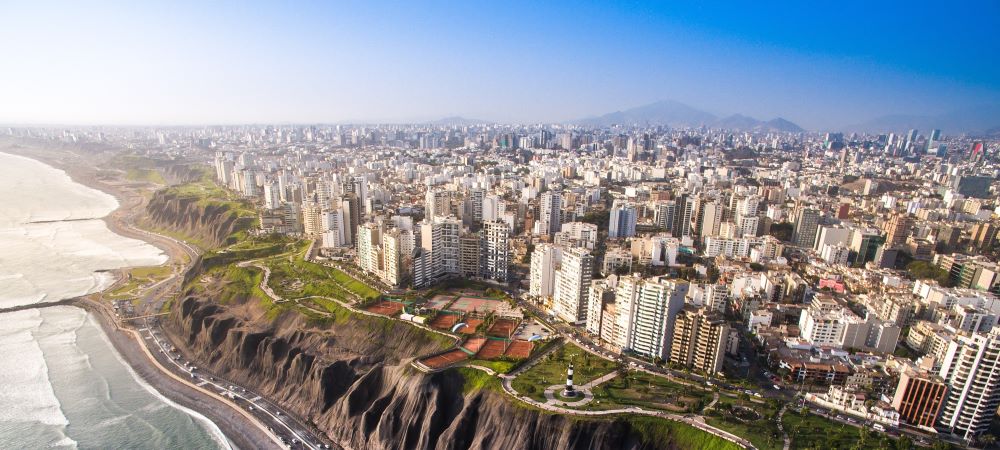
Explore the Artisans’ Quarter in Barranco
Barranco, Lima’s bohemian district, is more than just colorful streets and ocean views—it’s a living gallery of Peruvian craftsmanship. Meet local artisans in hidden workshops where they handcraft intricate textiles, ceramics, and silver jewelry. Some artisans offer short workshops where you can try your hand at traditional techniques, creating a meaningful keepsake infused with your own creativity.
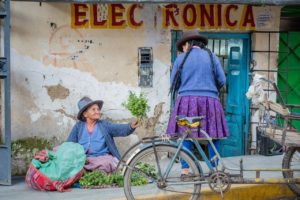
Rhythms of the Night
Finish the evening by visiting Parque Kennedy, affectionately known as Lima’s “Cat Palace,” where friendly felines lounge among the greenery, claiming the park as their home. As you stroll through, you’ll find local artisans selling handcrafted Peruvian treasures—perfect keepsakes to take home.
If you listen closely, the rhythmic beats of salsa music will draw you in. Locals gather in the park’s lower pits to dance, moving effortlessly to the beautiful melodies. Just a few streets away, Miraflores comes alive with salsa clubs that welcome both expert dancers and beginners alike. Soak in the electric atmosphere of Lima’s vibrant nightlife, where music, movement, and culture intertwine.
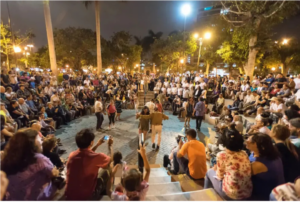
Cusco and The Sacred Valley: A Living History
Beyond the historical legacy of Machu Picchu, explore Cusco, the former Incan capital, where Spanish colonial architecture and Incan stonework blend seamlessly.
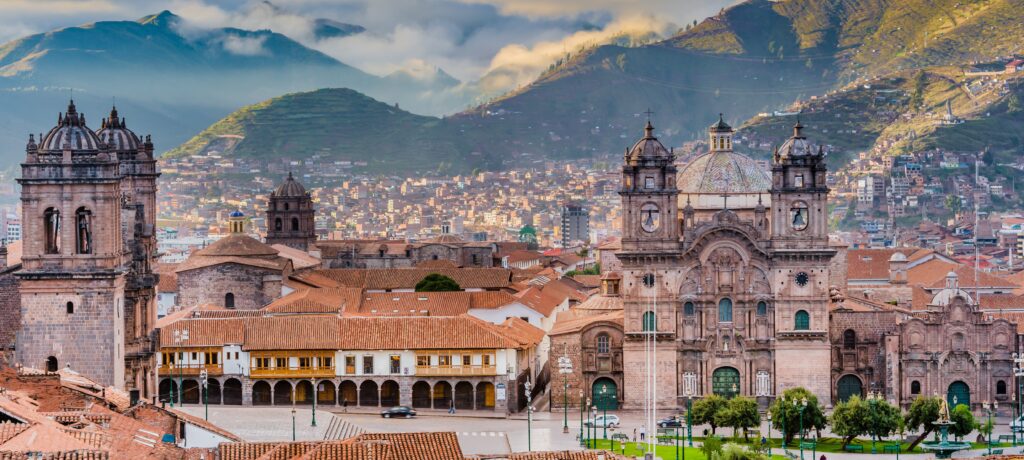
Threads of Tradition: Exploring Peru’s Artistic Soul
Wander through ancient cobblestone streets, where unassuming alleys lead to vibrant artisan markets and centuries-old Incan walls. Visit the Bohemian neighborhood of San Blas to connect with local artists in their studios and indulge in traditional Andean coffee at a family-run café.
Step into the lives of local weavers in Chinchero and participate in intimate workshops where you’ll learn to dye and weave textiles using ancestral techniques. As you sit alongside these master artisans, many of whom are direct descendants of the Inca, you’ll gain a deeper appreciation for their craft and heritage. Engage in heartfelt conversations about their way of life, the Andean traditions they continue to uphold, and how weaving remains a vital connection to their Incan ancestry.

Unforgettable Natural Landscapes:
Gain a meaningful connection with Peru’s natural landscape by hiking to the Humantay Lake trek. Surrounded by towering snow-capped peaks, the turquoise waters of the lake offer a serene, awe-inspiring destination. The hike takes you through lush landscapes and offers plenty of opportunities to connect with the Andean environment.
Embark on a thrilling journey to the Maras Salt Mines and the circular terraces of Moray. Opt for an ATV ride through picturesque farmlands and meet the farmers who sustain these verdant landscapes.
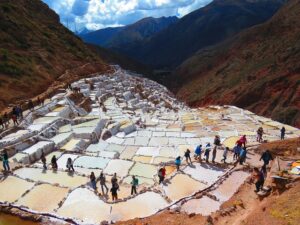
Machu Pichu: The Lost City of the Incas
No journey to Peru is complete without experiencing the awe-inspiring wonder of Machu Picchu. Become mesmerized by wandering through one of the world’s most breathtaking archaeological sites and its intricate stone terraces.
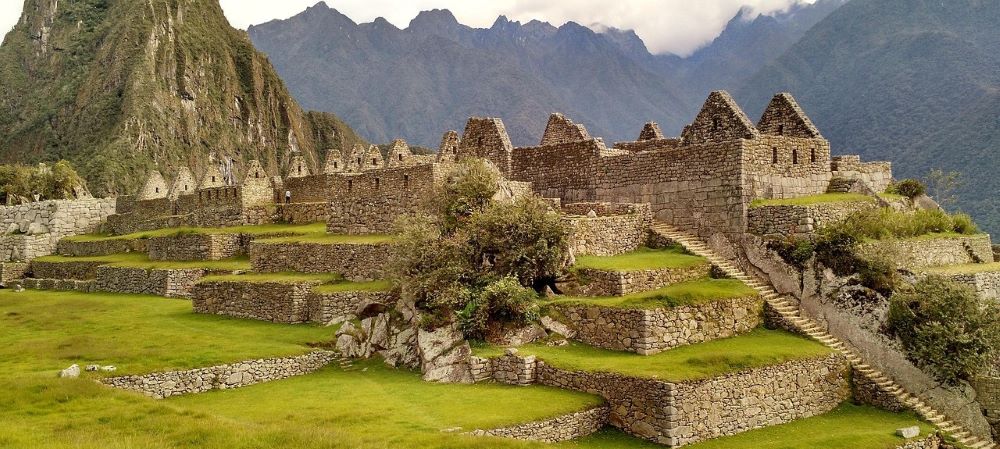
The Journey to Machu Picchu: A Train Ride Like No Other
Getting to Machu Picchu is as magical as the destination itself, and the Belmond Hiram Bingham Train offers an unparalleled way to experience the journey. Step aboard and enjoy early morning panoramic views of the towering mountains and lush valleys. Here, have the opportunity to make meaningful connections and conversations with other traveling peers over a delicious gourmet meal.
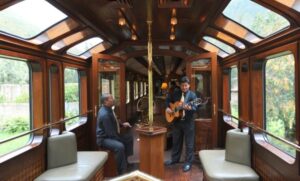
Become immersed in the culture by enjoying a traditional welcome performance before you embark on your journey, and listen to live Peruvian guitar music during the ride. Attentive staff ensure that your experience is seamless, providing top-tier service that matches the breathtaking scenery outside your window.
A Tour of a Lifetime
As you navigate the Temple of the Sun, the Intihuatana Stone, and the Temple of the Three Windows, your guide will share the significance of these sacred structures. Local guides, many of whom are descendants of the Inca, offer insights that go beyond historical facts, weaving in ancestral knowledge, legends, and spiritual beliefs that add depth to the experience. You’ll learn about the advanced engineering that allowed the Inca civilization to thrive in such a remote location.

A Culinary Delight
Peru has earned its place as one of the world’s top culinary destinations. Its cuisine is a fusion of indigenous, Spanish, Chinese, Japanese, and African influences, creating an explosion of flavors that captivates the palate.
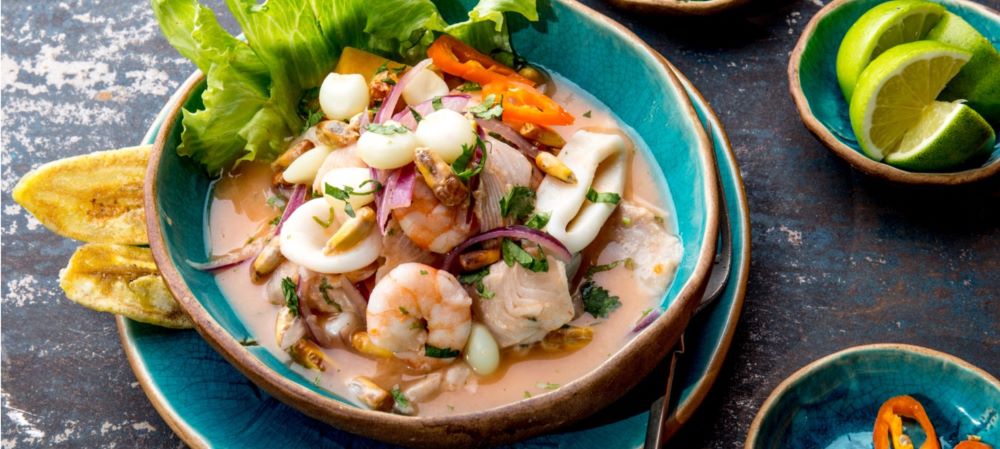
Savor Authentic Flavors in a Local Huarique
Step into Peru’s huariques—small, family-run eateries where recipes have been passed down for generations. Join a local chef for a hands-on cooking experience, learning the secrets behind ají de gallina or causa limeña. These intimate encounters bring you into the soul of Peruvian hospitality.
Lima’s Gourmet Masterpiece
Savor iconic dishes that are made best in the heart of Peru, like Lomo Saltado and causa. Indulge in a gourmet experience at one of Lima’s internationally acclaimed restaurants.

No trip to Lima is complete without trying ceviche, Peru’s national dish. For an unforgettable experience, visit a seaside cevichería in Chorrillos, where local fishermen deliver their morning catch straight to your plate.
Food lovers will enjoy the opportunity to try Chifa, a unique blend of Cantonese and Peruvian flavor cuisine. Visit local, family-style Chifa restaurants in Lima for a flavor explosion dinner.
Peru: Where Every Moment Becomes a Memory
From the bustling streets of Lima to the breathtaking landscapes of Cusco, Peru offers a journey unlike any other. Immerse yourself in its rich cultural traditions and explore ancient ruins. Peru invites you to connect with its past and present in ways that leave a lasting impression. With every street corner, artisan workshop, and culinary delight, Peru weaves a story that will continue to inspire you long after your travels.
As all our trips are private, each itinerary is fully customizable and can be expertly tailored to cater to your every whim. Visit our Spectacular Peru, Majestic Peru packages and other amazing trips to Latin America for travel ideas or reach out to us today to start planning your dream getaway.
Thanks for reading and happy traveling!
– Editorial by Valerie Sanchez
Please visit our sponsor:
Our Sponsor
